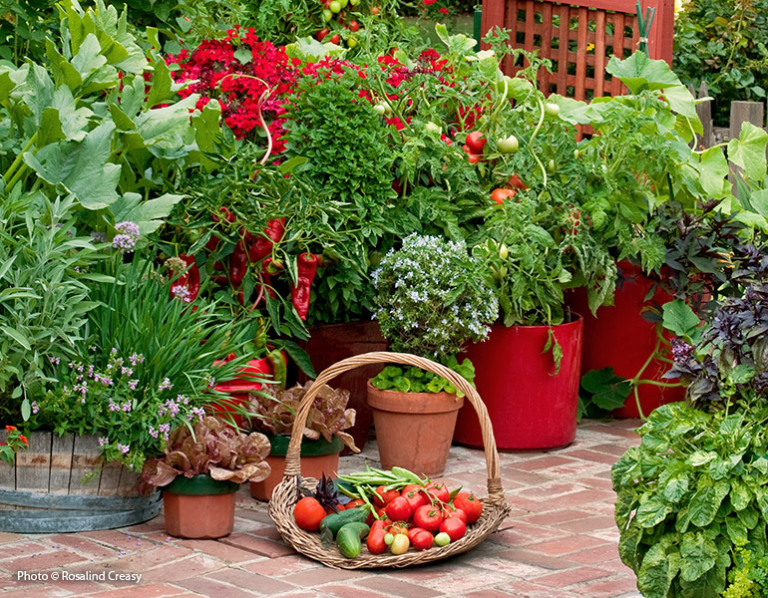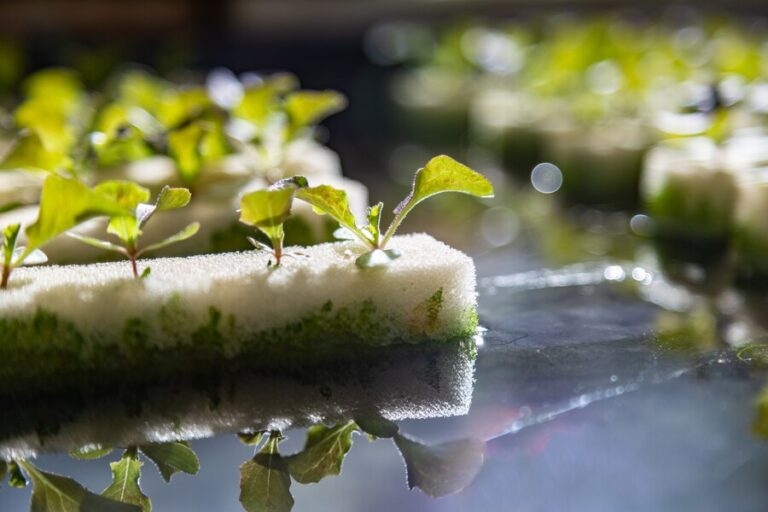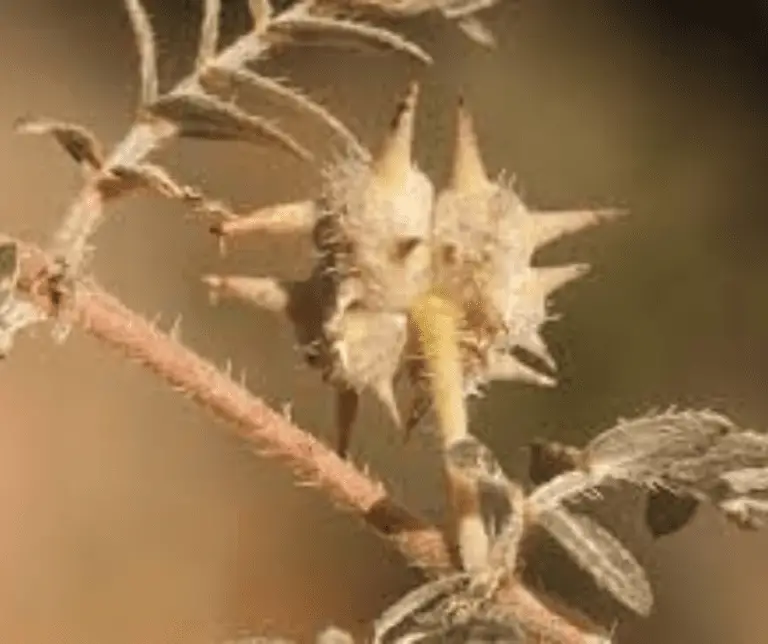Worm Tower Project: DIY Composting Solution
Table of Contents
Overview of Composting
Composting is a natural process that transforms organic matter into nutrient-rich soil amendments. By creating the ideal conditions for decomposition, composting helps break down kitchen scraps, yard waste, and other organic materials into a dark, crumbly substance known as compost. This organic matter can then be added to garden beds, potted plants, or lawns to enrich the soil and promote healthy plant growth.
One of the key benefits of composting is its ability to reduce waste and minimize the environmental impact of disposing of organic materials in landfills. When organic matter decomposes in a landfill without access to oxygen, it produces methane, a potent greenhouse gas that contributes to climate change. Composting, on the other hand, allows organic matter to break down aerobically, reducing methane emissions and producing a valuable resource that can benefit plants and soil health.

Benefits of Composting
Composting offers a multitude of benefits for both your garden and the environment. One major advantage is the reduction of waste sent to landfills, which in turn decreases the production of greenhouse gases like methane. By composting organic materials such as food scraps and yard waste, you can divert these items from ending up in landfills, where they contribute to harmful emissions.
Additionally, composting enriches the soil with essential nutrients, creating a fertile environment for plant growth. The decomposition of organic matter in the compost pile produces a nutrient-rich soil amendment that improves soil structure and water retention. This nutrient-dense compost acts as a natural fertilizer, providing plants with the necessary elements for healthy development and vigorous growth. By incorporating compost into your garden, you can cultivate thriving plants while reducing the need for synthetic fertilizers.
Understanding Worm Towers
Worm towers, also known as vermicomposting towers, are innovative structures designed to facilitate composting with the help of worms. These towers provide an efficient and space-saving method for composting organic waste, making them ideal for gardeners looking to enhance their soil health and reduce waste. By allowing worms to break down organic matter within the tower, gardeners can harness the power of vermicomposting to create nutrient-rich compost for their plants.
The design of a worm tower typically consists of a tube or column placed directly in the soil, allowing worms to migrate in and out freely while composting organic material within the tower. This method not only improves aeration and drainage in the soil but also encourages beneficial microbial activity, resulting in a nutrient-dense compost that can boost plant growth. Worm towers are a sustainable and eco-friendly solution for managing organic waste while enhancing the overall health of your garden ecosystem.

Materials Needed for the Project
To start your worm tower composting project, you will need a few key materials. Firstly, you will require a suitable container for your worm tower, such as a plastic bin or a specially designed worm tower. This container will house the composting materials and provide a home for the worms. Additionally, you will need a drill or a similar tool to create ventilation holes in the container to ensure proper airflow for the worms and decomposition process.
Next, gather bedding materials for the worms, such as shredded newspaper, cardboard, or leaves. These materials will provide a comfortable environment for the worms and help maintain moisture levels in the compost. Finally, you will need to acquire red worms, also known as red wigglers, which are the ideal species for composting. These worms will be responsible for breaking down the organic matter and turning it into nutrient-rich compost for your plants.
Here’s a breakdown of the materials needed for a DIY worm tower project:
| Materials | Description |
| 3 x 5-gallon Buckets | These will serve as the main structure for the worm tower. You can find these buckets at hardware stores for around $3.50 each. Make sure they haven’t previously held harmful chemicals. Alternatively, you might find them for free from local restaurants. |
| Bucket Lids | You’ll need lids for the buckets. |
| Drill with Larger-Sized Drill Bit | To create holes in the buckets for ventilation and worm access. |
| Worms (Red Wigglers) | Specifically, Eisenia fetida (red wiggler) worms. These little composting machines will help break down organic matter. |
| Mulch | To provide bedding material for the worms. |
| Soil | The worms will have access to the soil around the tower for living space. |
| Plant Material | Other organic materials for the worms to eat. This can include kitchen scraps, vegetable peels, and other compostable waste. |
Choosing a Location for Your Worm Tower
When choosing a location for your worm tower, it’s important to consider a few key factors to ensure the success of your composting project. First and foremost, select an area that is well-drained to prevent waterlogging, as excessive moisture can be detrimental to the health of the worms. Additionally, choose a spot that receives partial shade to protect the worms from extreme temperatures and direct sunlight, which can be harmful to their delicate bodies.
Furthermore, proximity to a water source is crucial for maintaining the moisture levels required for optimal composting conditions. Ensure that the location is easily accessible for adding new compost materials and harvesting the finished product. By strategically placing your worm tower in a suitable location, you can create a thriving ecosystem that efficiently converts your kitchen scraps into nutrient-rich compost for your plants.
When selecting a location for your worm tower, there are several important factors to take into account. Let’s explore them:
| Factors to Consider | Description |
| Sunlight Exposure | Worms thrive in moderate sunlight. Choose a spot that receives partial sun during the day. Avoid placing the worm tower in direct, scorching sunlight, as excessive heat can harm the worms. |
| Soil Drainage | Well-draining soil is essential. Avoid areas with poor drainage or where water tends to accumulate. The worm tower should not become waterlogged, as excess moisture can suffocate the worms. |
| Proximity to Plants | Position the worm tower near your garden beds or plants. This allows the worm castings to directly enrich the soil. You can place it in the center or a corner of the garden bed. |
Remember to check your worm tower regularly, maintain adequate moisture levels, and provide darkness for the worms’ well-being.
Building the Worm Tower Base
To begin constructing the base of your worm tower, you will need to select a sturdy container that will serve as the foundation for the structure. A large plastic bin with ventilation holes works well for this purpose, ensuring sufficient airflow for the composting process. This container should be placed in a location that receives partial sunlight to encourage the worms’ activity and decomposition of organic materials.
Next, add a layer of small rocks or pebbles to the bottom of the container to promote drainage and prevent waterlogging. This layer also helps to create a barrier between the composting materials and the bin, reducing the risk of odors or excess moisture buildup. Once the rocks are in place, cover them with a thin layer of shredded newspaper or cardboard to act as a bedding material for the worms and provide a carbon source for the composting process. This base layer sets the stage for a healthy and thriving worm tower ecosystem, ready to process kitchen scraps and organic waste efficiently.
Adding Composting Materials
To create a healthy and thriving environment for your worm tower, it is essential to add the right mix of composting materials. The success of your composting project heavily relies on striking a balance between carbon-rich and nitrogen-rich materials. Carbon sources such as dried leaves, straw, and shredded paper provide structure and aeration, while nitrogen sources like fruit and vegetable scraps, coffee grounds, and grass clippings introduce essential nutrients for the worms to break down efficiently.
Remember to chop or shred larger pieces of materials to expedite the decomposition process. Layer your organic waste in the worm tower, starting with a base of carbon-rich materials followed by a layer of nitrogen-rich materials. This layering technique promotes optimal airflow and moisture retention, creating a conducive environment for the worms to thrive and efficiently convert the waste into nutrient-rich compost for your garden.

Introducing the Worms
Worms play a vital role in the composting process by breaking down organic materials into nutrient-rich soil amendments. When introducing worms to your worm tower, it is essential to ensure they have a suitable environment to thrive. Red wigglers, also known as Eisenia fetida, are commonly used for vermicomposting due to their voracious appetite and efficient composting capabilities.
Before introducing the worms to your worm tower, it is crucial to create a comfortable bedding environment for them. Bedding materials such as shredded newspaper, cardboard, or coconut coir help maintain moisture levels and provide a habitat where worms can burrow and feed. Once the bedding is prepared, gently place the worms on top and allow them to burrow into the bedding at their own pace. It is important to gradually introduce food scraps to avoid overwhelming the worms and to monitor their activity to ensure they are adjusting well to their new home.

Maintaining Your Worm Tower
Regular maintenance of your worm tower is essential to ensure the health and well-being of your composting system. Make it a weekly habit to check on your worm tower to ensure that the environment remains optimal for the worms. Keep an eye out for any signs of distress in the worms, such as clustering at the top of the tower or attempting to escape.
In addition to monitoring the worms, it is important to regularly add food scraps and other compostable materials to the tower. Remember to balance the green (nitrogen-rich) and brown (carbon-rich) materials to maintain a healthy composting process. Avoid overfeeding the worms, as this can lead to an imbalance in the ecosystem of the worm tower.
Harvesting Compost from the Worm Tower
To harvest compost from your worm tower, you’ll need to carefully separate the finished compost from the bedding and any remaining food scraps. Start by moving the top layers of the worm tower to one side, exposing the deeper layers where the compost is more mature. Collect the dark, rich compost from these bottom layers, being mindful not to disrupt the worms too much in the process.
Once you’ve collected the compost, you can use it to nourish your plants, enrich your garden soil, or even share it with fellow gardening enthusiasts. The compost from your worm tower is a valuable organic fertilizer, rich in nutrients that plants need to thrive. Remember to replace the harvested compost with fresh bedding and food scraps to keep the worm tower ecosystem active and productive.
Troubleshooting Common Issues
If you notice a foul smell emanating from your worm tower, it may be a sign of excess moisture. Overly wet conditions can lead to anaerobic decomposition, causing the unpleasant odor. To remedy this issue, stop adding wet materials such as fruit scraps and add more dry components like shredded paper or cardboard to absorb the excess moisture.
On the other hand, if your worm tower appears to be too dry, the worms may struggle to break down the waste effectively. Dry conditions can hinder the decomposition process and impact the overall health of the worm population. To address this problem, increase the moisture content by misting the bedding with water or adding more juicy food scraps to provide hydration for the worms.
Below is a summary of common issues with DIY worm towers and their solutions:
| Issue | Problem Description | Possible Solutions |
| Lack of Worm Activity | No worms in the tower | Ensure the soil is moist but not waterlogged. Add more organic matter for worms to feed on. Consider introducing more worms. |
| Choosing the Right Worms | Using soil-dwelling worms | Use composting worms like Red Wigglers or European Nightcrawlers. These worms live near the surface. |
| Moisture Levels | Inadequate moisture | Maintain proper moisture levels in the tower. Worms need a damp environment to thrive. |
Remember that these are general guidelines, and specific situations may require additional adjustments.
Alternative Composting Solutions
When traditional composting methods are not feasible or practical, there are alternative solutions that can still help you reduce waste and enrich your soil. One popular alternative is vermicomposting, which involves using worms to break down organic material. Another option is bokashi composting, a fermentation process that breaks down organic matter through the use of beneficial microbes. Each method has its unique benefits and can be tailored to suit different needs and preferences.
Vermicomposting is an efficient way to turn kitchen scraps and other organic waste into nutrient-rich compost for your plants. By utilizing the voracious appetite of worms, this method speeds up the decomposition process and produces a higher concentration of beneficial microbes compared to traditional composting. On the other hand, bokashi composting is ideal for those who have limited space or live in apartments. This anaerobic process allows you to compost meat, dairy, and cooked food scraps that may not be suitable for traditional composting methods.
Upcycling with Compost
When it comes to upcycling with compost, the possibilities are endless. By converting your organic waste into nutrient-rich compost, you can make a positive impact on both the environment and your garden. Compost can be used to enrich the soil in your garden beds, nourish your plants, and even as a natural alternative to chemical fertilizers, reducing your carbon footprint in the process.
Furthermore, upcycling with compost can also extend beyond your garden. You can use compost to create DIY potting soil for your indoor plants, mix it into seed starting mixtures, or even as a base for natural homemade pest repellents. By upcycling with compost, you not only reduce waste but also promote a sustainable and eco-friendly approach to gardening and household practices.

Educational Opportunities with Worm Towers
Worm towers not only offer a practical solution for composting, but they also present an excellent educational opportunity, especially for children and students. By setting up a worm tower in a school or community garden, individuals can learn about the vital role that worms play in breaking down organic matter and transforming it into nutrient-rich compost. This hands-on experience can help foster a deeper understanding and appreciation for the natural processes involved in recycling organic waste.
Furthermore, incorporating a worm tower into educational programs can teach valuable lessons about environmental stewardship, sustainable practices, and the interconnectedness of living organisms within ecosystems. Students can observe firsthand how worms help improve soil health, increase biodiversity, and reduce waste, sparking curiosity and inspiring them to become more environmentally conscious individuals. Through interactive activities and guided exploration, educators can engage learners of all ages in meaningful learning experiences that promote environmental awareness and encourage responsible behavior towards the planet.
Sharing Your Composting Success Story
Embarking on the journey of composting has been a truly rewarding experience. Witnessing the transformation of kitchen scraps and garden waste into nutrient-rich compost that nourishes my plants has been nothing short of miraculous. The process of tending to my worm tower, adding new materials, and watching the worms diligently work their magic has instilled in me a deep appreciation for the natural cycles of life and the importance of sustainable practices in gardening.
As I share my composting success story with others, I hope to inspire more people to adopt this eco-friendly method of waste management and soil enrichment. It’s not just about reducing waste sent to landfills but also about giving back to the earth and creating healthier, more vibrant ecosystems in our own backyards. Each batch of compost harvested from my worm tower serves as a testament to the power of nature and the impact that individuals can make by incorporating small yet significant changes into their daily lives.
To Know More About Worm Tower Project, Watch This Video!
Can I use a worm tower in an apartment or small living space?
Yes, worm towers are a great option for composting in small living spaces as they take up minimal room and are odorless when properly maintained.
How often do I need to add new composting materials to the worm tower?
It is recommended to add new composting materials to the worm tower every 1-2 weeks to ensure a steady supply of food for the worms.
Can I use newspaper as a bedding material for the worm tower?
Yes, shredded newspaper makes an excellent bedding material for the worm tower as it provides a carbon source for the worms to feed on.
How do I know when the compost in the worm tower is ready to be harvested?
You can tell the compost is ready to be harvested when it has turned into a dark, crumbly material and no longer resembles the original food scraps.
Can I use the compost from the worm tower in my garden?
Yes, the compost produced in the worm tower is rich in nutrients and makes an excellent fertilizer for gardening. Be sure to let it cure for a few weeks before using it in your garden.






